HUNTING, by its very nature, is unpredictable and dangerous, which gives its followers the adrenaline rush in pursuit of its prey.
We all know and accept that hunting in a high-risk sport, which involves the potential of serious bodily injury including disability, paralysis and even death.
The phrase “a huntsman’s grave is always open” is important to remember when you put your foot in the stirrups at the opening meet.
As we prepare for the new season, our focus centres on getting our hounds, horses and ourselves fit for the excitement and sport that lies ahead.
We spoke to John.D.Lyons of Goggin Insurances and Olga Murphy of Equine Safety Solutions on the important issue in respect to health and safety on the hunting field and the ongoing problems in securing affordable liability insurance cover for mounted packs in Ireland.
“There are a number of areas that we should consider in respect to health and safety in hunting,” said Olga, who has been running her Equine Safety Solutions since 2000. “We should ensure our safety statements are specific to the activities undertaken and all members and staff are aware of its contents.
“Historically when defending equestrian claims, safety statement were seldom sought at examination. This has changed drastically and it is now the first document barristers on the opposing side will seek to discover.
“The document should address the risk to volunteers who assist the hunt in kennels, building cross-country courses, and officiating at point-to-points.
“As most huntsmen work on their own, the committee should ensure that the risks faced are assessed, recorded in writing and communicated to the relevant party/huntsman.
“The use of disclaimers, which are not binding in Irish law, can prove useful in a court of law if the disclaimer is fair, reasonable and understood by the person signing the document.
“We have conducted research in the UK and USA on the use of disclaimers, bearing in mind that there are different legislation in these jurisdiction.
“There are two common points:
1. The participant understand that he/she is participating in a highly dangerous sport with potential catastrophic life changing injuries in the event of an accident on the hunting field.
2. Horses behave in unpredictable ways from time to time. They react to sound, quick movements, strange objects and other animals. Riders must accept personal responsibility when they put their boot in the irons.”
Olga expressed huge concerns that hunting people are averse to wearing appropriate helmets and back protectors.
“You would not be allowed to compete in racing, point-to-points, eventing, show jumping or pony clubs without suitable protection. The hunting community need to consider the advantages of safety over style.”
John D. Lyons of Goggin Insurance commented: “We spend a minimum of six weeks getting our hunters fit, but many of us are overweight, unfit and unable to cross country safely. It’s our responsibility to ensure we are properly mounted, physically fit before heading out for four or five hours jumping ditches, stone walls, wire and gates. A couple of whiskeys at the meet is not the ideal preparation for the dangers that lie ahead.”
As discussed in the July 24th edition of The Irish Field, the number of claims and the level of compensation – coupled with Brexit – has resulted in the withdrawal of many UK-based equine underwriters.
“This has created a problem,” said Lyons, “but we are confident that a new insurer will come on board before the season starts. However, the terms and conditions, policy excess and premiums may cause hunt treasurers to have sleepless nights.”
Goggin Insurance: Tel 01-873 0600 or email info@goggin.ie
Equine Safety Solutions: Tel 087-9177826 or email olga.murphy@gmail.com
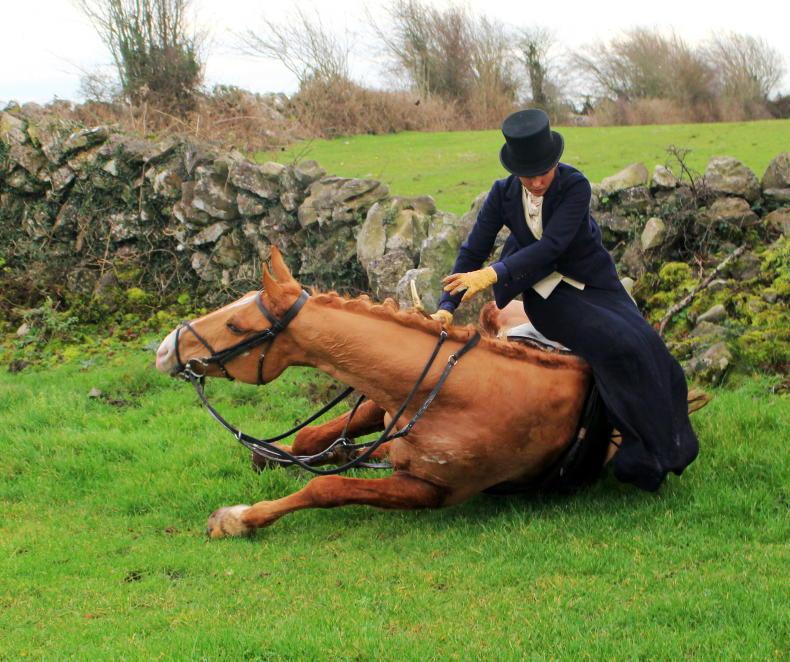

 This is a subscriber-only article
This is a subscriber-only article
 It looks like you're browsing in private mode
It looks like you're browsing in private mode




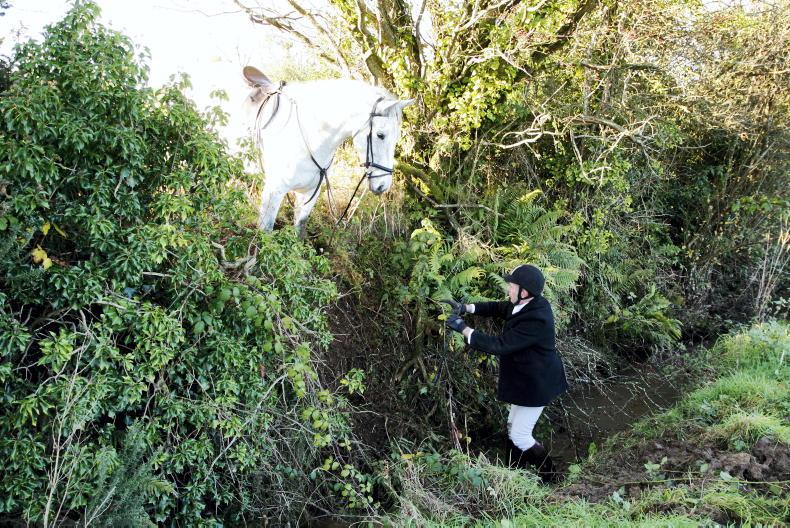

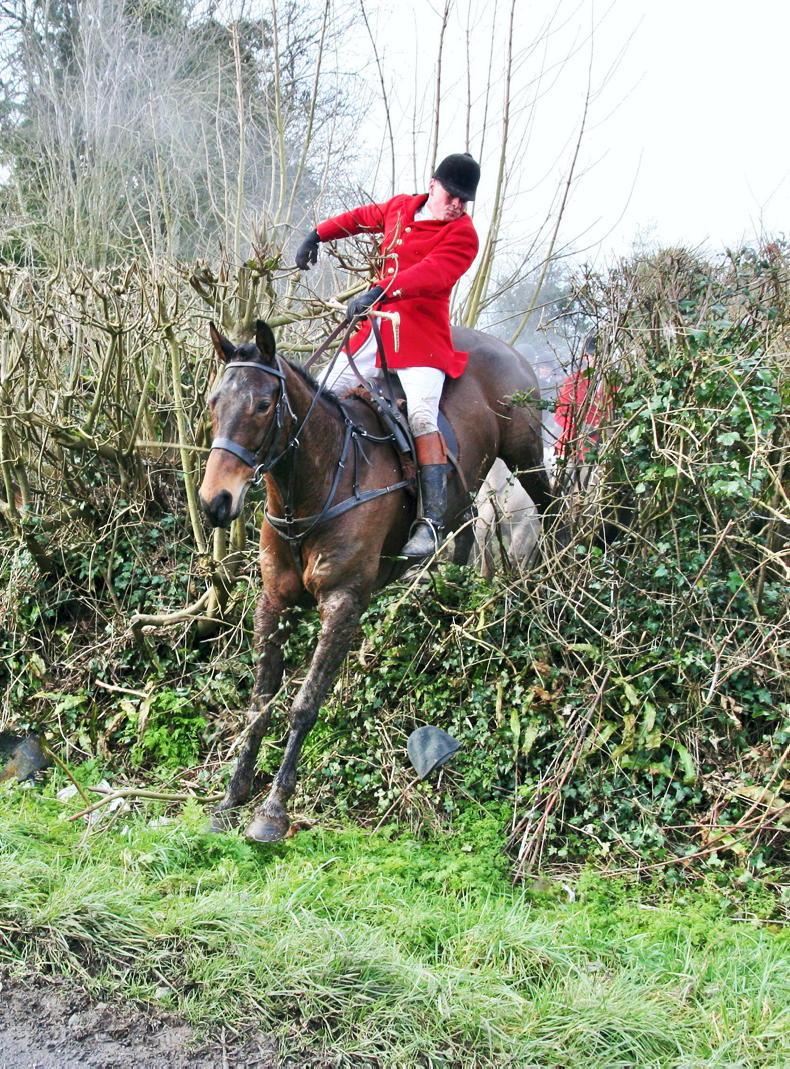

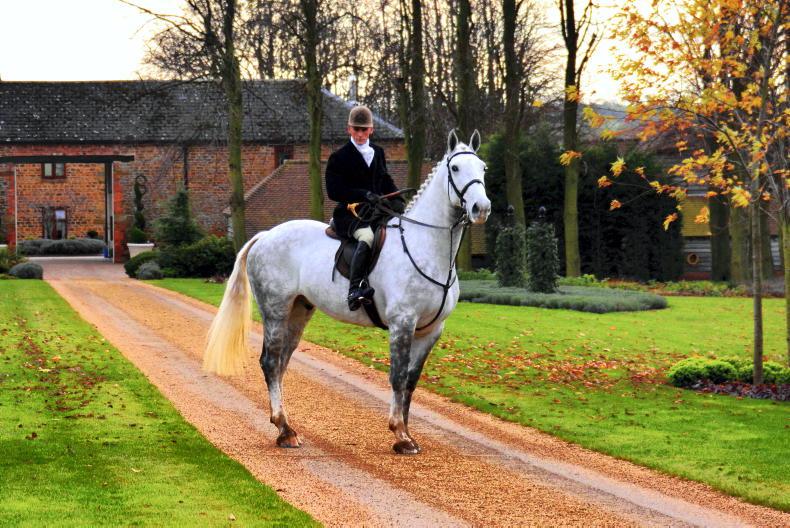
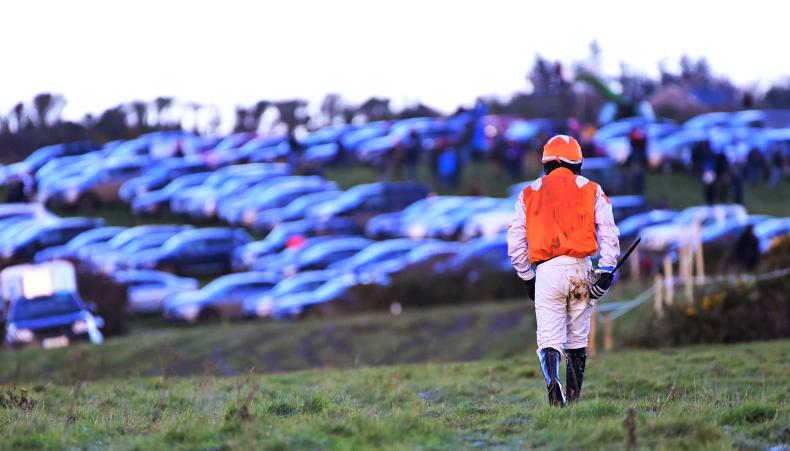

SHARING OPTIONS: